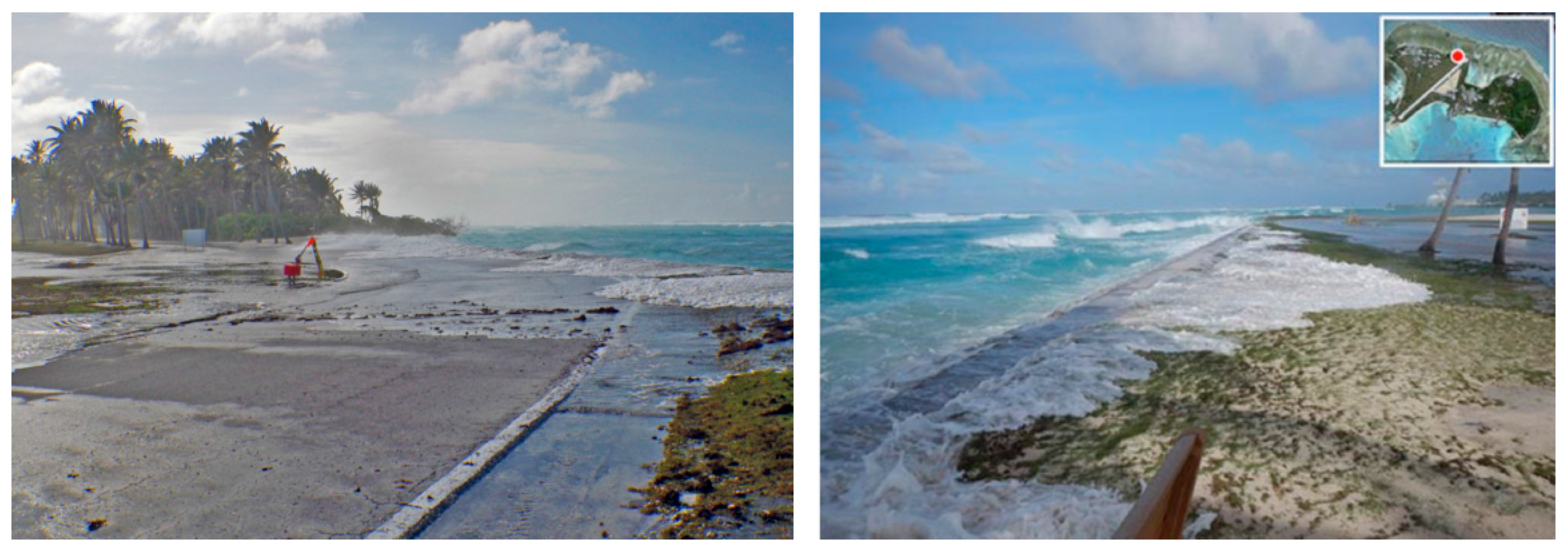
#ATOLL 3.1 ISO#
Leica M (Typ 240), f/2.8, 1/250-second, ISO 200 Modern Optics With a Classic Aesthetic It worked like any other adapted M lens with the Sonys, and netted photos that looked just as good as from the Leica. I used the Visoflex EVF for close-ups with the Typ 240, and also tried the Atoll with the Sony a1 and a7R IV. Leica M (Typ 240), f/2.8, 1/30-second, ISO 400Ĭlose-up focus with film rangefinders will always be guesswork, but if you're still using film today, you'll have no problem embracing the creative spirit and focus close if the mood strikes.įor more precisely framed macros, you're better off using a camera with an electronic viewfinder. The 35mm Voigtlander Bessa R4 (long out of production) had the widest built-in viewfinder, for 21mm lenses. The Atoll is big enough to block a good deal of an M camera's built-in viewfinder, and there's no rangefinder out there with a viewfinder wide enough to show 17mm frame lines. You'll want to use a shoe-mounted accessory viewfinder (included) to frame up your shots. It's a useful design for rangefinder cameras, especially film bodies and digital models without live view. You can narrow the aperture for a bit more depth of field. It makes for good snapshot and street photography-everything from about 3 feet out is in focus. The f/5.6 hyperfocal point is marked in red, offsetting it from the rest of the text on the lens. The distance scale makes it easy to set the lens to its hyperfocal setting Wide-angle lenses lend themselves well to hyperfocal focus, a technique where focus is set so everything from a particular distance away and beyond is in focus. There's a corresponding distance and depth of field scale printed on the barrel, tools that come in handy for snapshot and from-the-hip photography. It's less of an issue if you're using the lens at narrower apertures, where depth of field lets you leave focus set at one position for quick snaps, but it's something you'll notice when setting the focus for close-up work. The focus ring is positioned pretty close to the lens mount, enough to make it a little awkward to adjust. I do wish the lens had some sort of finger rest or focus tab, a common feature on rangefinder models. The focus ring is well dampened, turning with enough resistance for precise control, but not to the point of being stiff. Hyperfocal for Rangefindersįocus control is manual, with rangefinder coupling down to 19.7 inches (0.5m) with my Leica M (Typ 240), and uncoupled focus to 9.8 inches (0.25m). Its optical design shows no focus breathing when changing focus, another benefit for video.

Videographers should have no problem adding a gear to work with follow focus systems-the quiet aperture control makes it a good fit for video work. It has finger holds in two sections that fall naturally under my left thumb and index finger for handheld photography. The ring turns continuously, without any click stops.

The Atoll logo is engraved on the slip-on metal lens capĪn aperture control ring is included to set the f-stop, adjustable from f/2.8 through f/22. The lens cap is metal too it's a slip-on style and has the island-inspired Atoll logo engraved on the front. The lens measure 3.1 by 2.9 inches (HD), weighs about 17 ounces, supports 67mm threaded filters, and includes an integrated lotus petal lens hood. Optics are housed in a black anodized aluminum barrel. The Atoll feels like a wide-angle straight out of the 1970s. If you're interested in using the Atoll with a different mirrorless system, you'll have no trouble getting an adapter-you can read our guide on lens adapters for more detail. The lens is compatible with M-mount rangefinder cameras from Leica without an adapter, and can be bought with a close-focus adapter for either Canon RF, Nikon Z, or Sony E for $649.


 0 kommentar(er)
0 kommentar(er)
